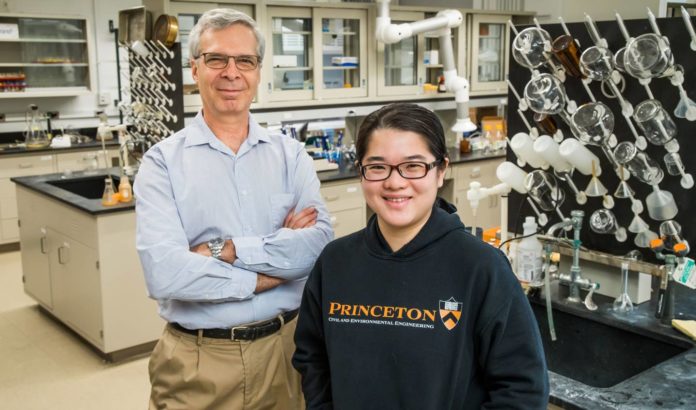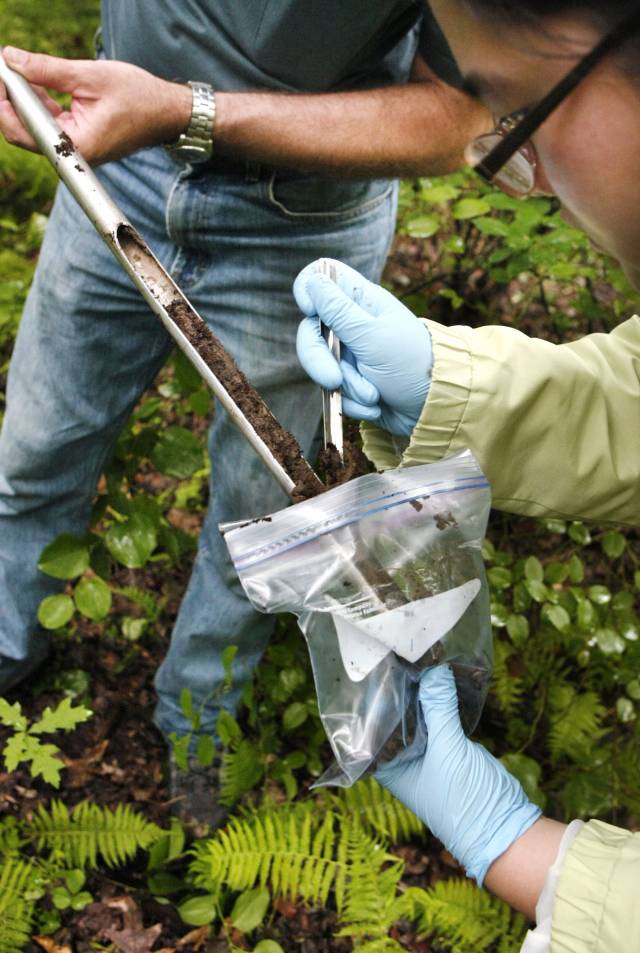Princeton researchers have recently discovered that New Jersey swamp holds the potential to diagnose toxins found in sewage, fertilizer runoff and other forms of water pollution.
Although, sewage treatment might be an unglamorous activity, yet microscopic organisms are glad to do it. Sewage plants depend on microscopic organisms to expel ecological poisons from squandering with the goal that the prepared water can be securely released into seas and waterways.
The bacterium found in swamp, Acidimicrobiaceae bacterium A6, can effectively disrupt ammonium, a pollutant found in sewage and fertilizer runoff. In addition, it can play chemical conversion in the absence of oxygen to be able to provide optionally methods for sewage treatment.
Most sewer plants that release into seas or waterways use utilize microbes to expel ammonium from waste, yet doing as such requires beating heaps of air into the slime to bolster the microorganisms oxygen. The bacteria use the oxygen in a compound response that transforms ammonium into nitrite and afterward other microscopic organisms change over the nitrite to innocuous nitrogen gas.
Evacuating ammonium is vital to avert exhaustion of oxygen in streams and to counteract eutrophication, the development of extreme green growth and different plants activated by nitrogen mixes from sewage and horticultural overflow.
Peter Jaffe, the William L. Knapp ’47 Professor of Civil Engineering at Princeton, said, “A great deal of energy is used by machinery that mixes air into wastewater to provide oxygen for breaking down ammonium. A6 carries out this same reaction anaerobically and might present a more efficient method for treating ammonium and a way to treat other environmental pollutants found in oxygen-poor areas, such as underground aquifers.”
Feammox is another method that expels ammonium. It has been found to take place in riparian wetland soils in New Jersey, in tropical rainforest soils in Puerto Rico, in wetland soils in South Carolina, and at various forested and wetland locations in Southern China. Although, scientists are yet to discover that how exactly the reaction takes place.
Jaffe and his colleague Shan Huang, an associate research scholar in civil and environmental engineering at Princeton, reported the discovery of A6 and its unique abilities on April 11 in the journal PLOS ONE.
The researchers also found that while oxidizing ammonium, the A6 bacterium is also capable of simultaneously removing trichloroethylene and tetrachloroethylene, two hard-to-treat pollutants often found at polluted sites. The bacterium was also to transfer electrons to other compounds than iron such as uranium and copper. In the case of uranium, transforming it into a form that is not soluble in water.
“Because it doesn’t require oxygen, A6 could survive in places that other bacteria might not, such as in contaminated groundwater,” Jaffe said. “Combine that with its versatility in remediating various pollutants and it could become a very important tool for addressing a range of environmental problems.”
In 2015 while studying samples taken from the Assunpink wetland near Trenton, New Jersey, scientists found that the reaction occurs only in the presence of a class of bacteria known as Actinobacteria.
Among these microbes, the scientists distinguished particular types of bacterium that they named Acidimicrobiaceae bacterium A6 and which they speculated assumed a key part in the Feammox response. They suspected that A6 was changing over the ammonium to nitrite and basic microscopic organisms were taking care of the transformation of nitrate to nitrogen gas.
Be that as it may, disengaging the bacterium and absolutely affirming its part took a very long time of meticulous research. In their new examination, the Princeton group blended soil tests gathered from the New Jersey wetland with water and a material containing iron oxide and ammonium and enabled the blend to brood in vials for about a year.
Blending the dirt examples and the metal medium in the vials was done in a sans oxygen chamber and the vials were fixed impenetrable to mirror the anaerobic states of the wetland soil from which the microscopic organisms began.
About at regular intervals through the span of the year, the researchers expelled a little example from every one of the vials to see whether the iron oxide and ammonium were being debated. When they found an example where this response was occurring, they utilized hereditary sequencing to recognize the bacterial species exhibit — and completely found that A6 was doing the Feammox reaction.
Jaffe said, “Ever since we found that the reaction was taking place in the wetland here in New Jersey, we’ve suspected that a bacterium was doing the heavy lifting. This study confirmed that A6 has this ability, making it the first known species known to carry out the Feammox reaction.”
Now, scientists are searching for a way to build a reactor where A6 could be used to process ammonium at industrial scales. They are experimenting with applying a small electrical potential between two electrodes inserted into the reactor’s liquid in a device they dubbed a “microbial electrolysis cell.”
Working with the Chinese environmental ministry to develop a prototype reactor, scientists expect that their technology could help counter eutrophication, where excessive nutrients in runoff damage rivers, lakes, and coastlines.

